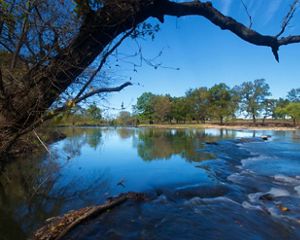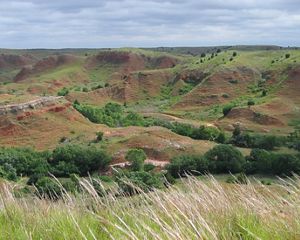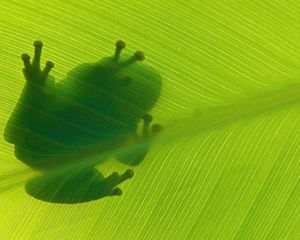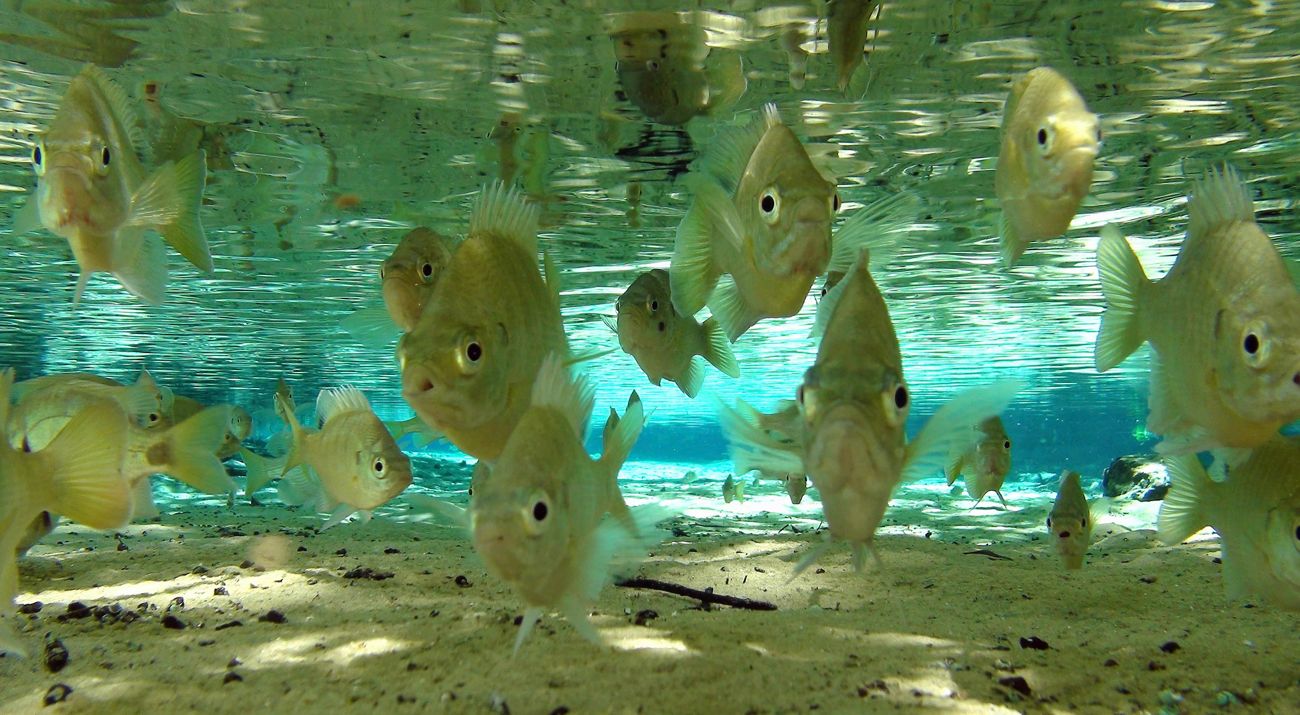
Protecting Oklahoma Watersheds
Water supplies, wildlife habitat and recreation are all dependent on healthy watersheds.
What Is A Watershed?
A watershed is an area of land that drains rainwater or snow into one location such as a stream, lake or wetland. These water bodies supply our drinking water and water for agriculture and manufacturing, offer opportunities for recreation (canoeing and fishing, anyone?) and provide habitat to numerous plants and animals. Unfortunately, various forms of pollution, including runoff and erosion, can interfere with the health of the watershed.
Why Do We Need Healthy Watersheds?
Watersheds sustain life in more ways than one. According to the Environmental Protection Agency (EPA), more than $450 billion in foods, fiber, manufactured goods and tourism depend on clean, healthy watersheds.
Watershed protection is a means of protecting a lake, river, stream or wetland by managing the entire watershed that drains into it. Clean, healthy watersheds depend on an informed public to make the right decisions.
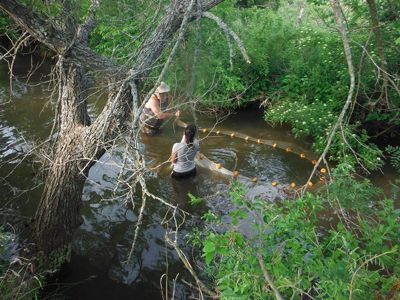
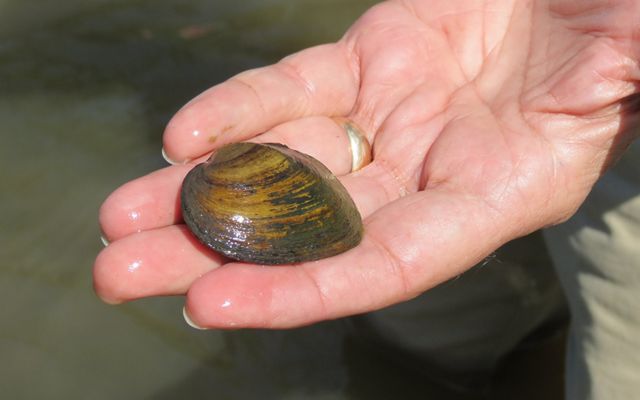
Earth is 70% covered in water, and unfortunately 40-50% of our nation's waters are impaired or threatened. Impaired means that the water body does not support one or more of its intended uses. This could mean that the water is not suitable to drink, swim in or to consume the fish that was caught there.
Oklahoma waterways can be degraded by pollutants such as sediments, bacteria (such as E. coli) and excess nutrients (such as nitrogen and phosphorus). Although nutrients sound like things that belong in a healthy environment, they can cause algae to grow too much, leading to an unhealthy watershed. Sediment can suffocate fish by clogging their gills and the presence of large amounts of algae can lead to swimming, fishing and other recreational closures. Erosion, runoff of animal waste and overflowing of combined sewers are just a few ways these pollutants reach our waters.
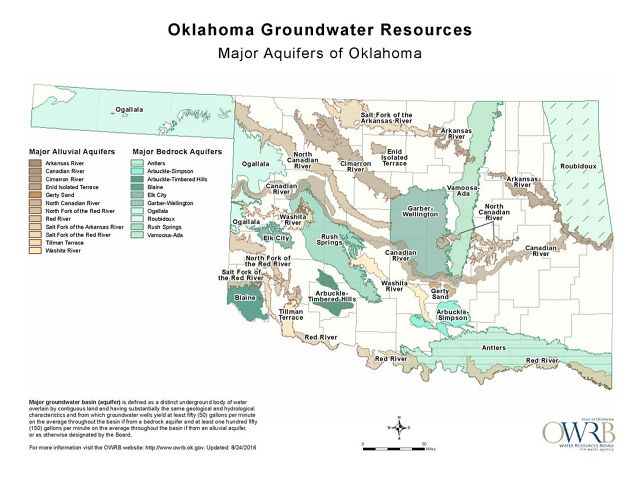
Oklahoma’s Water
Protecting watersheds not only helps the water on the surface but also the aquifers—an underground storage area for water. Ground water interacts with surface water and creates unique watershed ecosystems. View a larger map of Oklahoma’s groundwater resources.
Our Focus: Oklahoma’s Rivers
In Oklahoma, we have identified five priority watersheds:
- Blue River
- Glover River
- Illinois River
- Kiamichi River
- Spring Creek
Additionally, we’ve implemented aquatic monitoring plans at Oklahoma’s six primary preserves:
- Four Canyon
- J.T. Nickel Family Nature and Wildlife
- Joseph H. Williams Tallgrass Prairie
- Oka’ Yanahli
- Pontotoc Ridge
- Cucumber Creek
Through this program, we collect aquatic data on the biology, water quality, hydrology, geomorphology and connectivity of water resources on the preserves. This data is currently being utilized to guide our conservation work but may help future environmental flow recommendations on different stream reaches within a watershed.
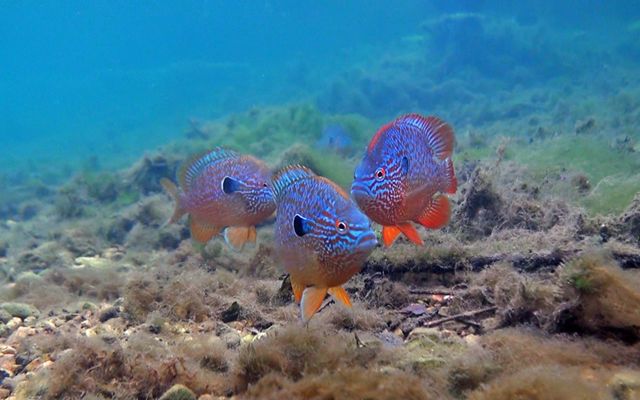
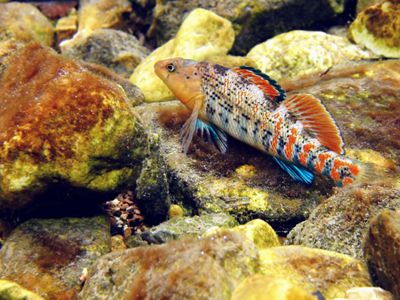
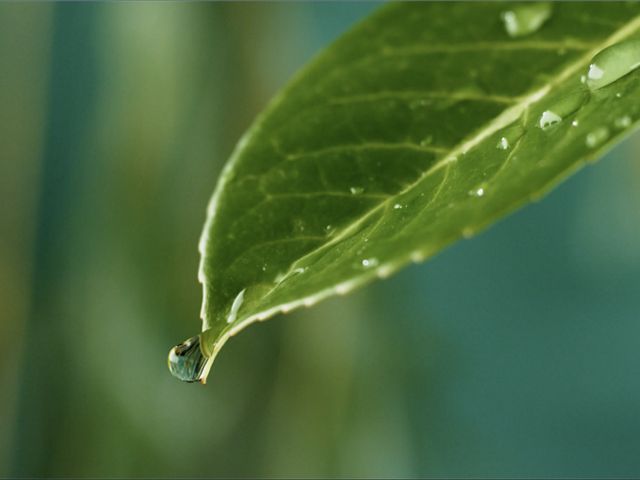
H20, The Molecule that Made Us
H₂0, The Molecule That Made Us is a landmark, three-part series from PBS and WGBH that tells the human story through our relationship to water. Water has been at the heart of the human story since the very beginning, and now, we face a crisis of unprecedented proportions: we can no longer take water for granted.
The Blue River watershed in south-central Oklahoma flows through Oka' Yanahli Preserve and is a diverse watershed with endemic species, like the orangebelly darter, that are found nowhere else on earth. The river is one of two remaining free-flowing rivers in Oklahoma, with no major dams except for Natural Resources Conservation Service (NRCS) flood control dams. This is an important watershed because it is fed by the Arbuckle Simpson Aquifer, which is a sole source aquifer—the principal source of drinking water for over 150,000 people.
The Glover River, also located in southeastern Oklahoma, and the second of two remaining free-flowing rivers in the state, has a diverse fish and mussel assemblage with 110 fish species and 22 mussel species. This biodiversity and the river's free-flowing habitat is what The Nature Conservancy Oklahoma aims to protect.
The Illinois River is in northeastern Oklahoma and flows through J.T. Nickel Family Nature & Wildlife Preserve. A portion of the river upstream from Lake Tenkiller is one of six streams designated as a scenic river by the federal Wild and Scenic Rivers Act. The City of Tahlequah uses the river for drinking water for over 20,000 people and it is a highly sought-after destination for recreation, seeing approximately 200,000 visitors each summer.
The Kiamichi River, located in southeastern Oklahoma, is a unique watershed due to the high diversity of organisms and the Ouachita Mountains ecoregion where it's located, with 132 fish species, 256 birds, 55 mammals and 1,067 plant species. The Kiamichi River also provides drinking water to approximately 20,000 people, with plans for the City of Oklahoma City to utilize the river via Sardis Lake as a drinking water source by 2030.
Spring Creek is in northeastern Oklahoma and also has a diversity of species. It is in the Ozark ecoregion with pristine water quality and little to no direct impact from human activities. The Nature Conservancy is working to protect this high biological diversity and to prevent any negative impacts.
See the Watersheds
Use the map below to explore these five priority watersheds in Oklahoma.
Do you live in these areas? Stand up for nature and join us in protecting these precious freshwater resources using the handy list of ways you can help below.
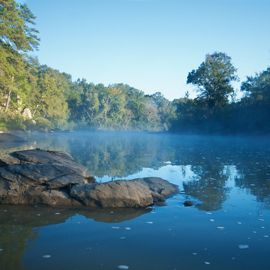


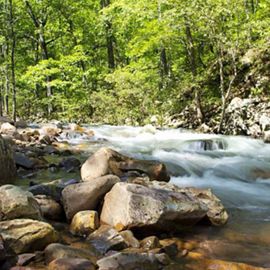
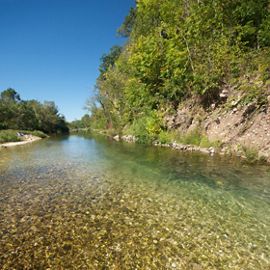
Oklahoma's Priority Watersheds The Nature Conservancy has identified these 5 watersheds along with their rivers and streams to be of highest conservation need in Oklahoma.
What You Can Do To Help
There are many things we can do collectively as individuals everyday to help protect our watersheds. As the saying goes, "We all live downstream from someone." Let's work together to keep our water clean and safe for all the people and nature that depend on it.
We put together a few tips on how you can help keep your watershed clean and healthy.
- Conserve water every day. Take shorter showers, fix leaks & turn off the water when not in use. Drive less—walk or bike; many pollutants in our waters come from car exhaust and car leaks.
- Dispose of chemicals properly. Never pour chemicals, pharmaceuticals, oil or paint into the drain or toilets. Check with your county’s household hazardous waste program to properly dispose of or recycle chemicals and keep them out of rivers and oceans.
- Plant a native tree. Or use hardy plants that require little or no watering, fertilizers or pesticides in your yard. Additionally, alter your mowing practices by allowing vegetation and trees to grow along the streambank.
- Pick up after your dog, and dispose of the waste in the toilet or the trash.
- Explore a local stream. Wade, canoe, or kayak. Find out where it starts and where it drains. Look at topographic maps to find out what influences water flow around you. The riparian buffer is that area right along the stream bank. Get to know what plants, animals and insects hang out there. It’s difficult to preserve and protect what we don’t know.
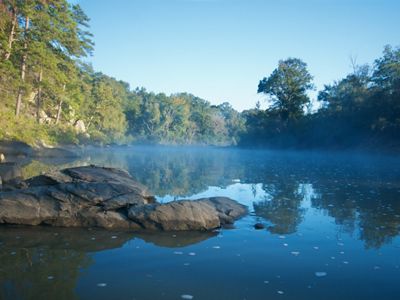
Stand Up for Nature
Since 1986, we have worked to conserve Oklahoma’s magnificent landscapes and unique biodiversity totaling more than 100,000 acres. When you donate today, you will help ensure a thriving natural environment for future generations of Oklahoma.
